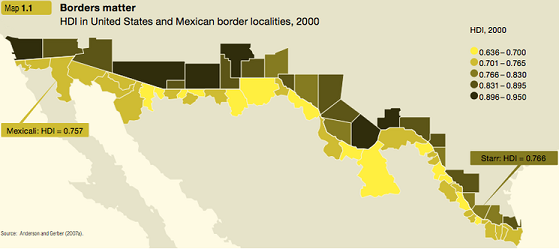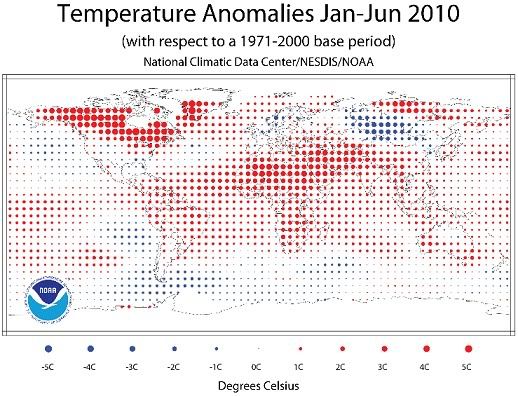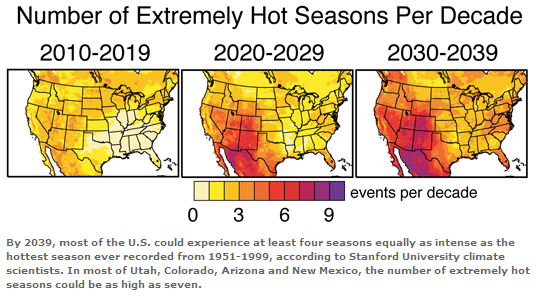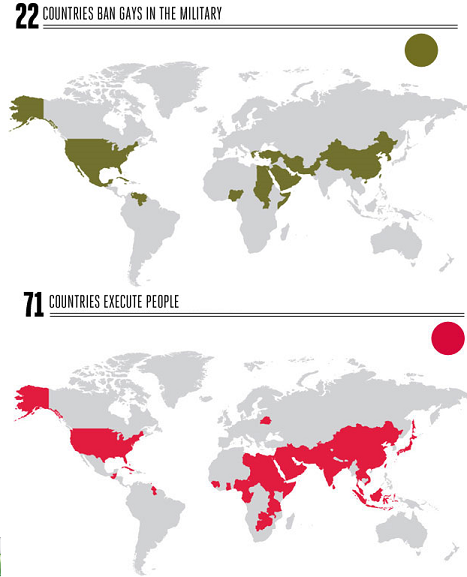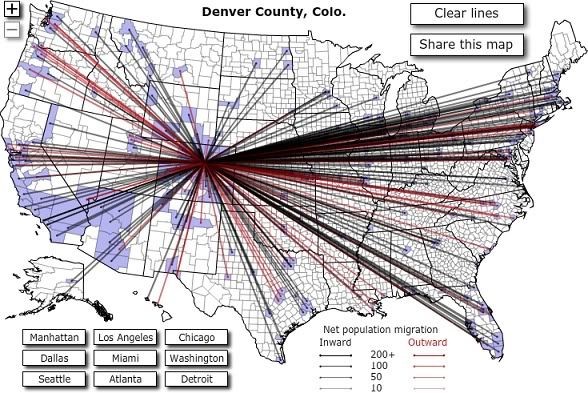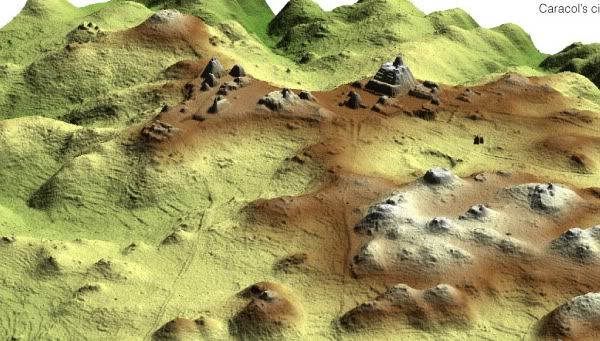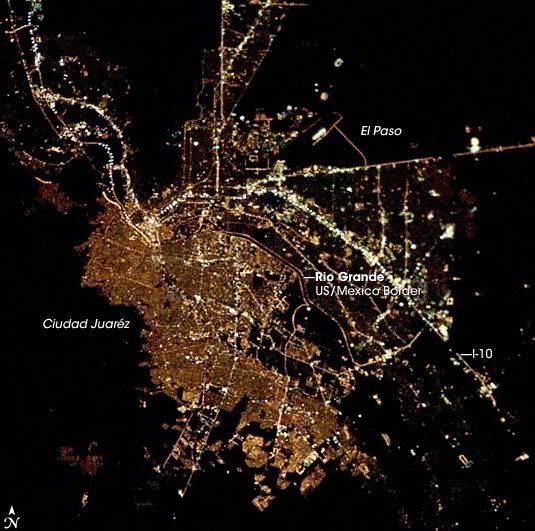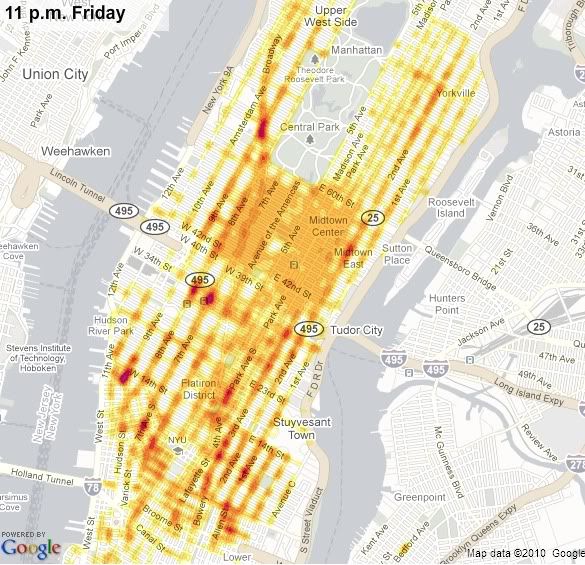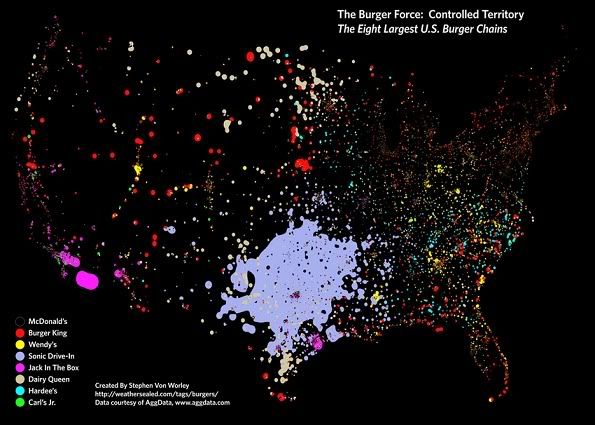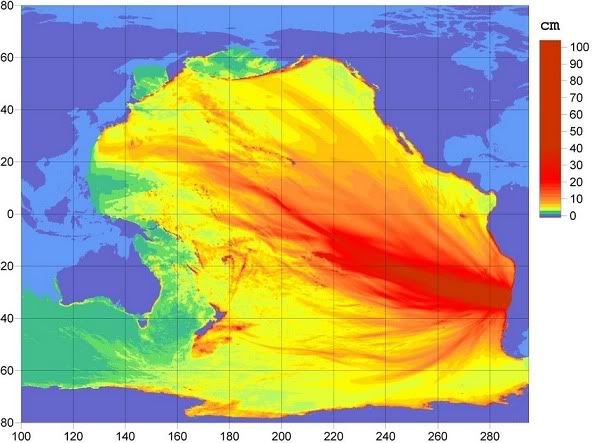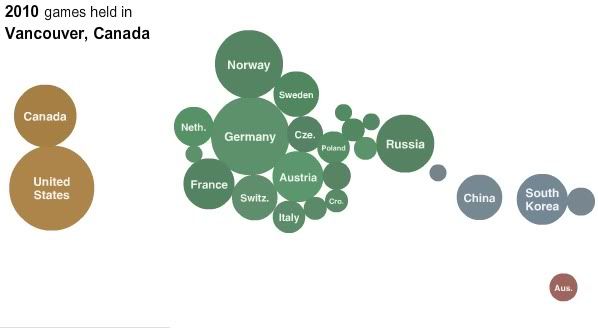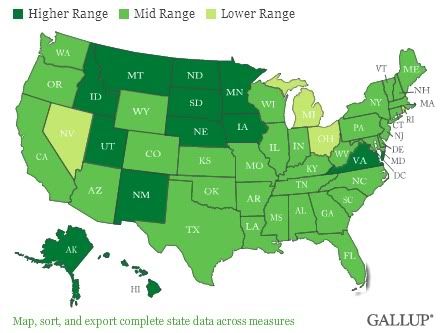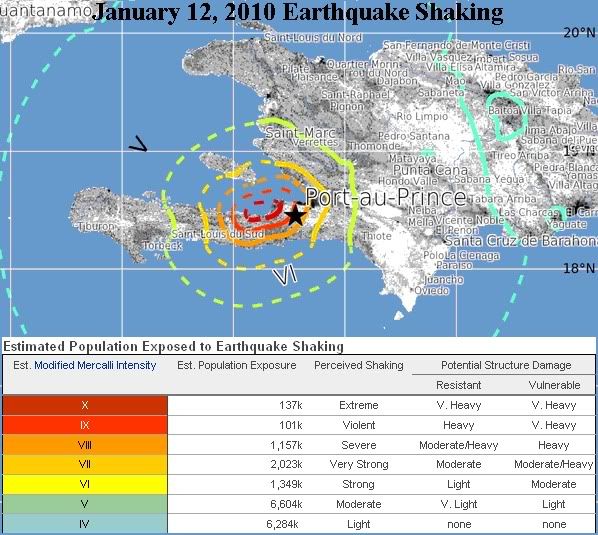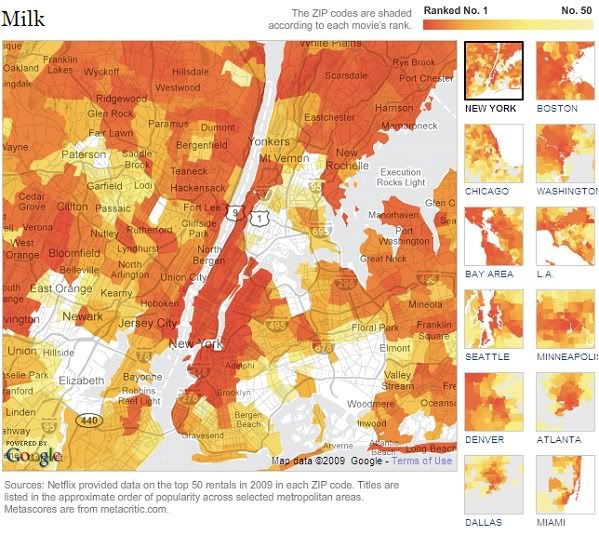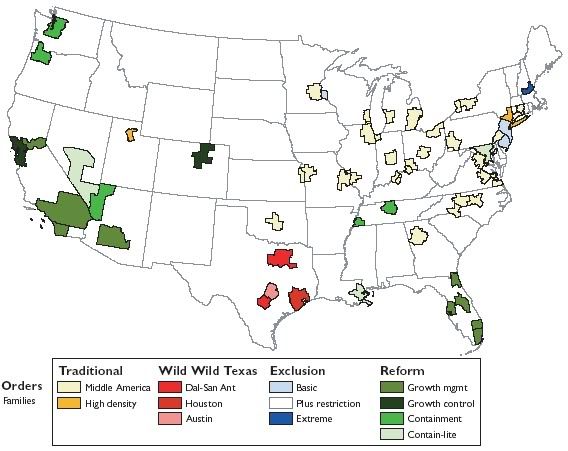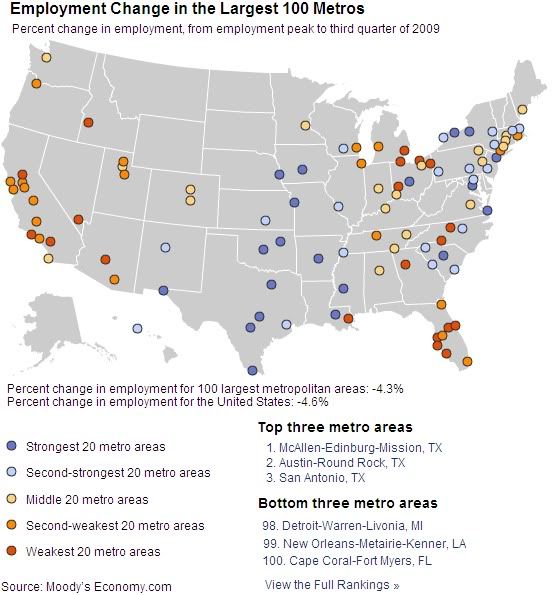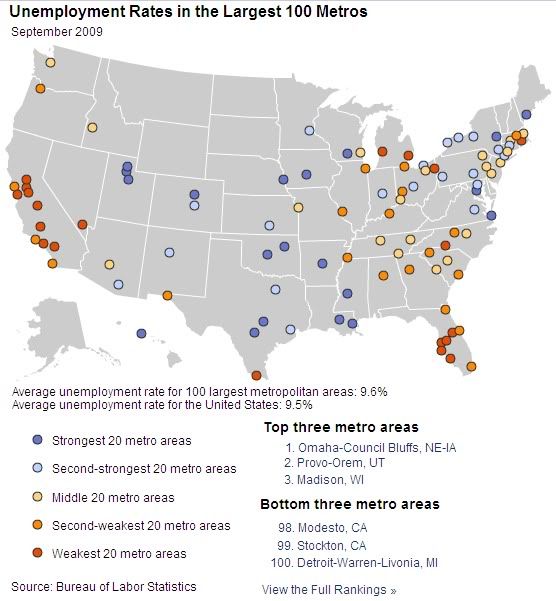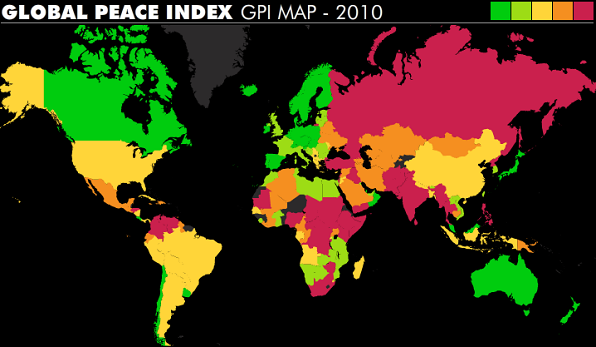
Each of 149 countries are ranked on a five-point scale for 23 indicators, including, e.g., number of homicides; access to weapons; political instability; deaths from conflict (internal); weapons exports; number of displaced people; and number of conflicts fought.
So what is the most peaceful nation in the world? Those honors go to plucky, placid New Zealand for the second year in a row. (Being small, wealthy, and surrounded by ocean would tend to keep the dander down, I'd imagine.) The rest of the top 10:
2. Iceland
3. Japan
4. Austria
5. Norway
6. Ireland
7. Denmark
8. Luxembourg
9. Finland
10. Sweden
All ten of the most peaceful nations in the world are also among the most wealthy; the top three are all island nations. And - do I even need to mention it? - the entirety of Scandinavia is represented here.
The bottom of the scale is a bit more eclectic:
140. Democratic Republic of the Congo
141. Chad
142. Georgia
143. Russia
144. Israel
145. Pakistan
146. Sudan
147. Afghanistan
148. Somalia
149. Iraq
A smattering of countries from the former USSR, Central/South Asia, the Middle East, and Africa. Some very poor countries, others (Russia, Israel) middle-income or higher. Peace comes in just one flavor, it would seem; conflict comes in many.
Some other country rankings I choose to highlight for my own capricious reasons: Germany (16), UK (31), France (32), Botswana (33), Laos (34), Bhutan (36), Vietnam (38), Sierra Leone (53), China (80), US (85), Kazakhstan (95), Iran (104), Mexico (107), South Africa (121), Thailand (124), India (128), North Korea (139). The report notes the top five risers on the list since 2009 (Ethiopia, Mauritania, Hungary, Lebanon, and Haiti), as well as the five biggest fallers (Cyprus, Russia, Philippines, Georgia, and Syria). The complete list is here (pdf), along with regional analyses and discussions of the top and bottom 10. Inexplicably, and a bit annoyingly, the folks at VoH continue to leave the beautiful and glorious Kyrgyz Republic off their rankings, along with a handful of other countries.
You can play with their map, which has a slider showing their rankings back to 2007, and also view maps for each of the component indicators. One trend I notice: a slight but steady movement towards greater peace in Africa. Is this just a blip, or the beginning of a long-term trend? It would certainly be wonderful if it were the latter.
I discussed the 2009 version of the map here.


